Beautiful Companion Plants For Abelia
Beautiful Companion Plants for Abelia
Abelia is a beautiful shrub that can add color and interest to any garden. It is known for its fragrant flowers, which bloom in the summer. Abelia can be grown in a variety of conditions, but it prefers full sun and well-drained soil.
One of the best things about Abelia is that it can be paired with a variety of other plants to create a stunning landscape. Here are a few of the best companion plants for Abelia:
- Lilacs: Lilacs are a classic choice for companion plants for Abelia. They both have similar growing conditions, and their flowers bloom at the same time. Lilacs add a touch of elegance to any garden, and they make a great backdrop for Abelia's colorful flowers.
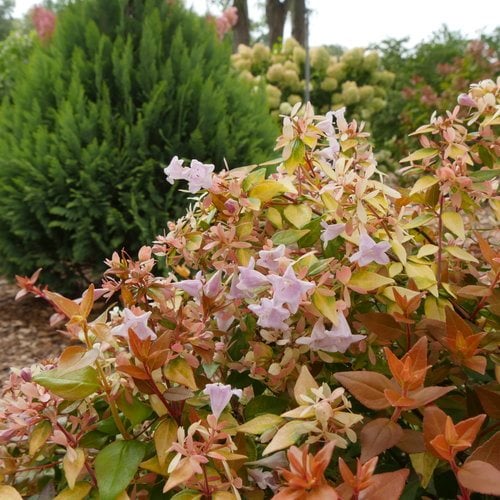
- Viburnum: Viburnum is another great choice for companion plants for Abelia. It is a versatile shrub that can be used in a variety of ways. Viburnum blooms in the spring, and its flowers can be white, pink, or purple. It is a great way to add color and interest to your garden in the spring.

- Flowering Quince: Flowering quince is a deciduous shrub that blooms in the spring. It has bright orange flowers that are sure to add a pop of color to your garden. Flowering quince is also a great choice for pollinators, as its flowers attract bees and butterflies.

- Spirea: Spirea is a genus of deciduous shrubs that are known for their beautiful flowers. There are many different varieties of spirea, so you can find one that will fit your garden's needs. Spirea blooms in the spring or summer, and its flowers can be white, pink, or red.
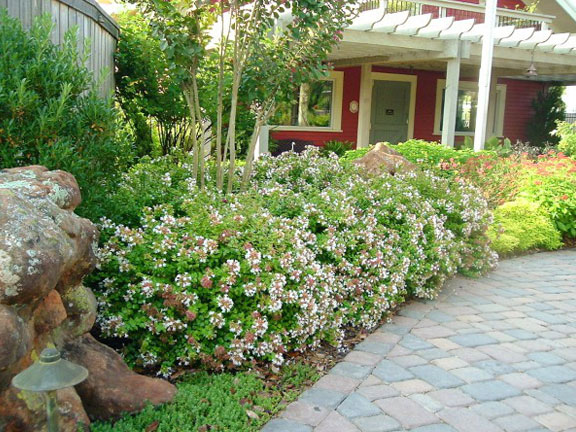
- Maiden Grass: Maiden grass is a tall, ornamental grass that adds a touch of elegance to any garden. It is a great choice for companion plants for Abelia because it blooms at the same time. Maiden grass's flowers are a delicate pink, and they contrast beautifully with Abelia's colorful flowers.
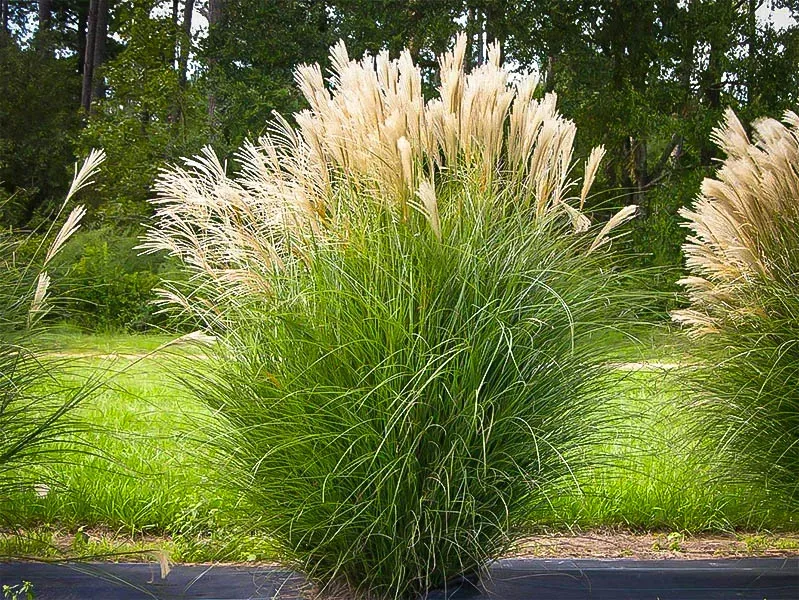
- Heavenly Bamboo: Heavenly bamboo is a fast-growing shrub that is known for its colorful foliage. It can be grown in a variety of conditions, and it is a great choice for companion plants for Abelia because it blooms at the same time. Heavenly bamboo's foliage is a deep green in the summer, but it turns shades of red, orange, and yellow in the fall.

- Pittosporum: Pittosporum is a evergreen shrub that is known for its fragrant flowers. It is a great choice for companion plants for Abelia because it blooms at the same time. Pittosporum's flowers are a delicate white, and they contrast beautifully with Abelia's colorful flowers.

- Catmint: Catmint is a low-growing perennial that is known for its fragrant flowers. It is a great choice for companion plants for Abelia because it blooms at the same time. Catmint's flowers are a delicate blue, and they contrast beautifully with Abelia's colorful flowers.
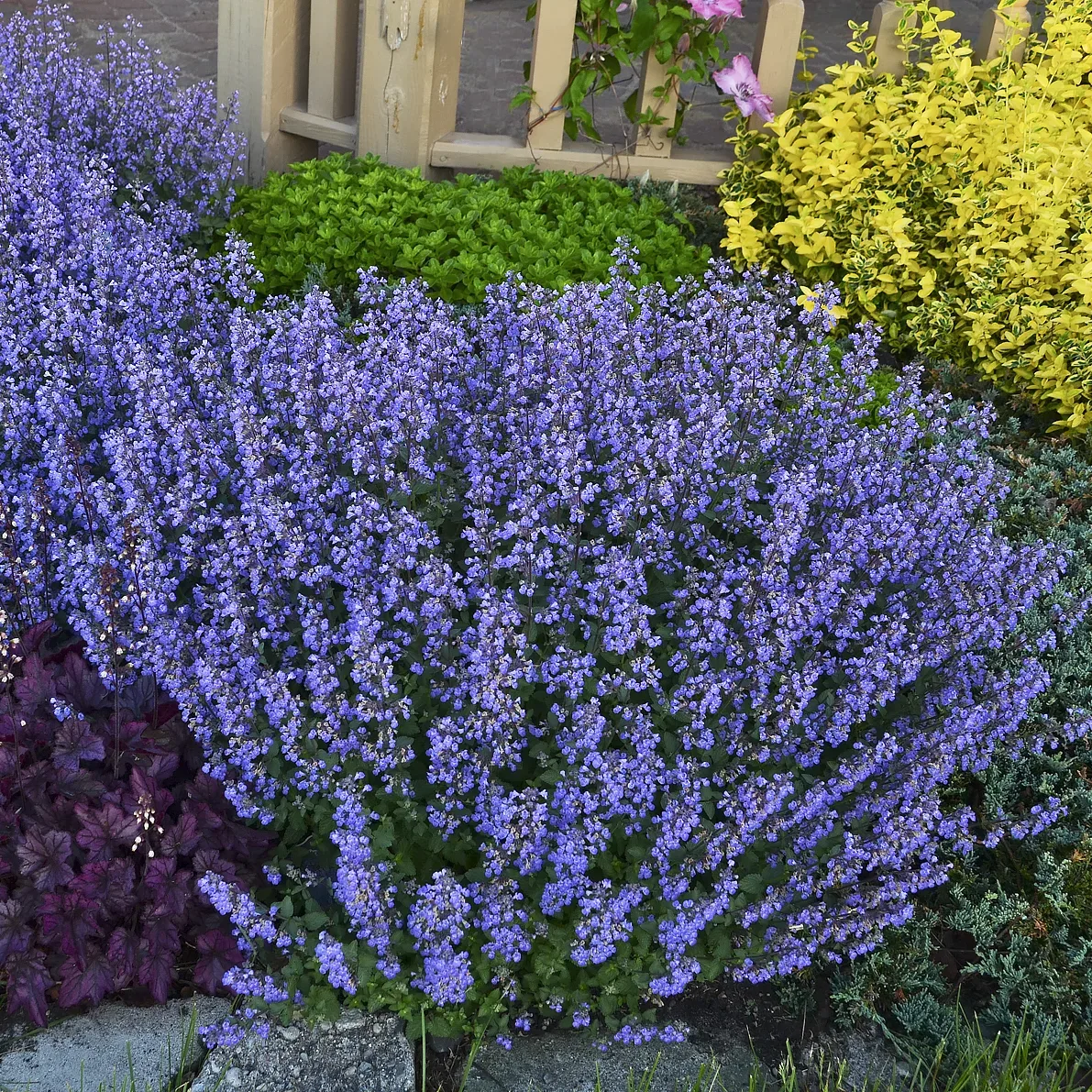
These are just a few of the many companion plants that can be paired with Abelia. When choosing companion plants, it is important to consider the size, color, and blooming time of the plants. By carefully selecting companion plants, you can create a stunning landscape that will bloom all summer long.
Abelia is a beautiful shrub that can add a touch of color and elegance to any garden. But did you know that there are a number of companion plants that can help to enhance the beauty of your abelia?
Some of the best companion plants for abelia include:
- Purple coneflower: This herbaceous perennial produces beautiful flowers that are similar in color to the foliage of abelia. Purple coneflower is also known for attracting bees and butterflies to your garden, making it a great addition to any pollinator-friendly landscape.
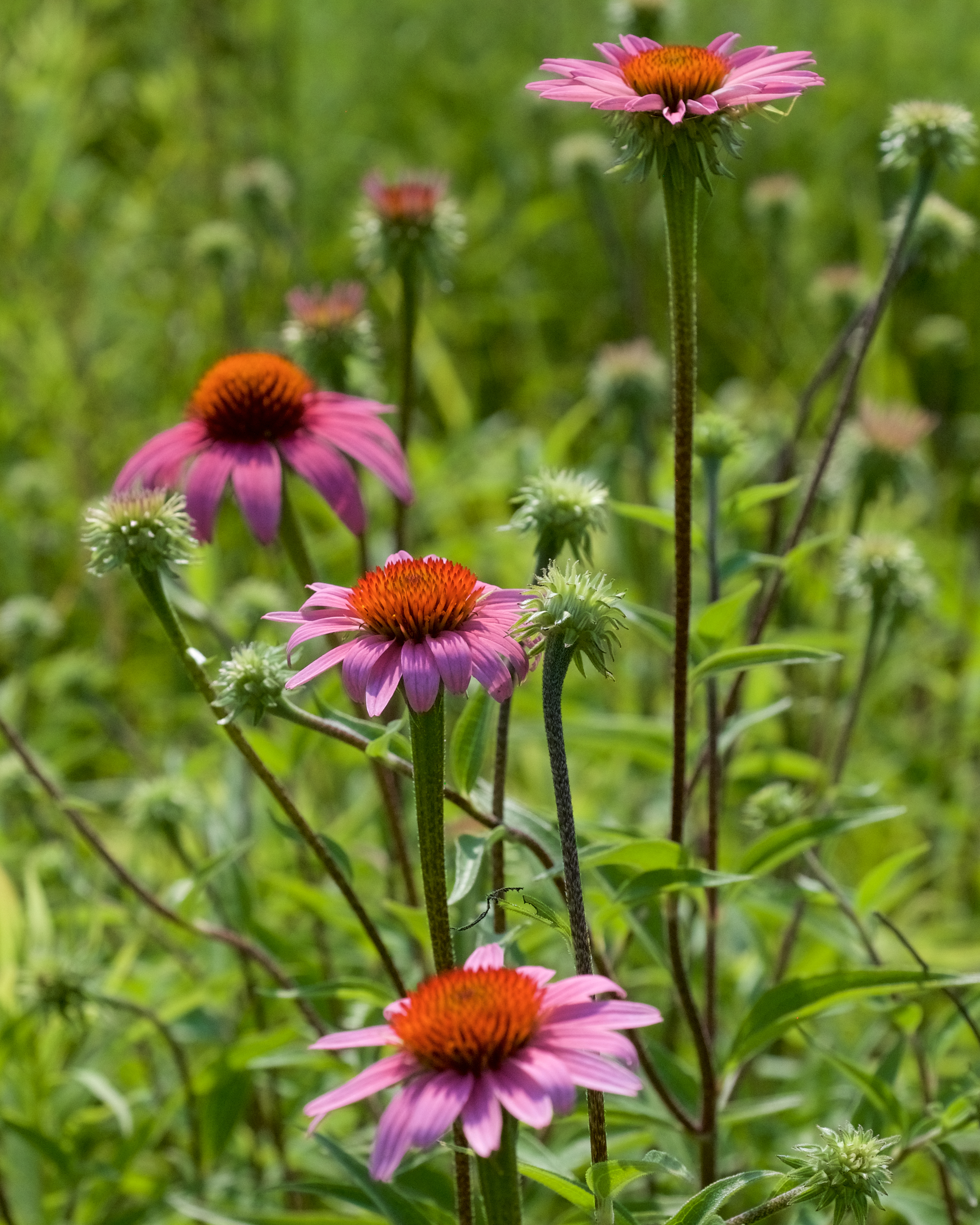
- Maiden grass: This ornamental grass has slender leaves in the form of clumps that spread out and up, resembling a fountain. The plant bears beautiful copper flowers that transform into silver-white plumes in fall. It makes a great backdrop for abelia.
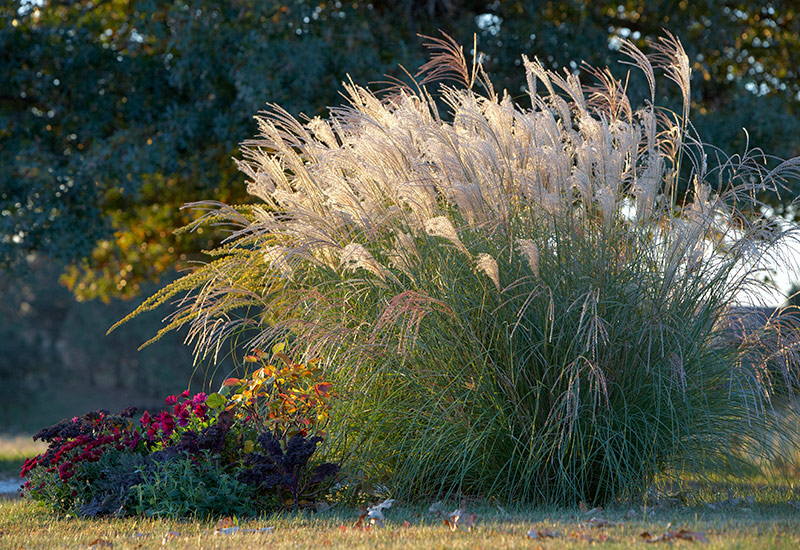
- Weigela: This flowering shrub is known for its showy blooms that come in a variety of colors, including pink, red, and white. Weigela is also a good choice for attracting pollinators to your garden.
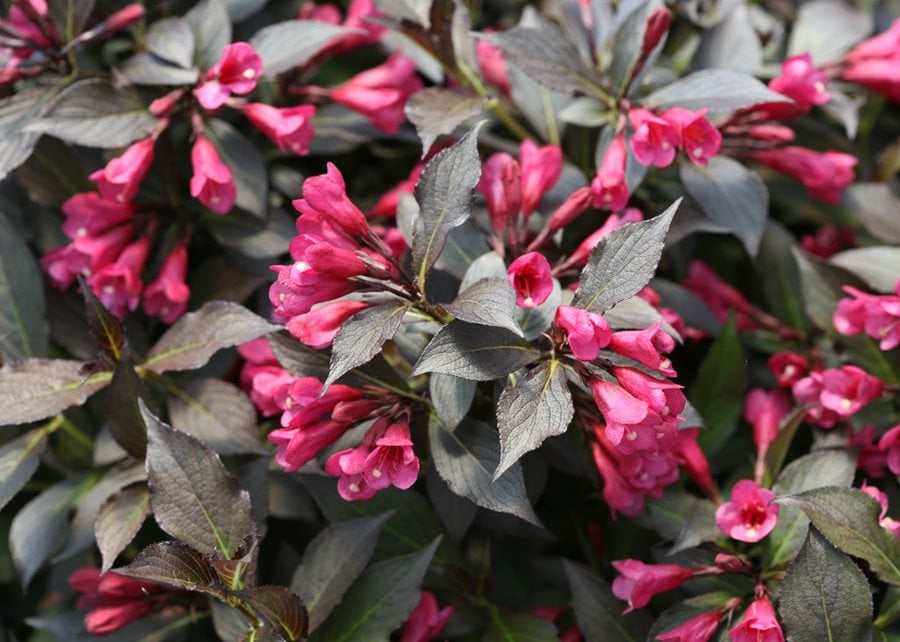
- Phlox: This perennial wildflower is known for its colorful blooms that bloom in the spring and summer. Phlox is a low-maintenance plant that is easy to grow, making it a great choice for any gardener.
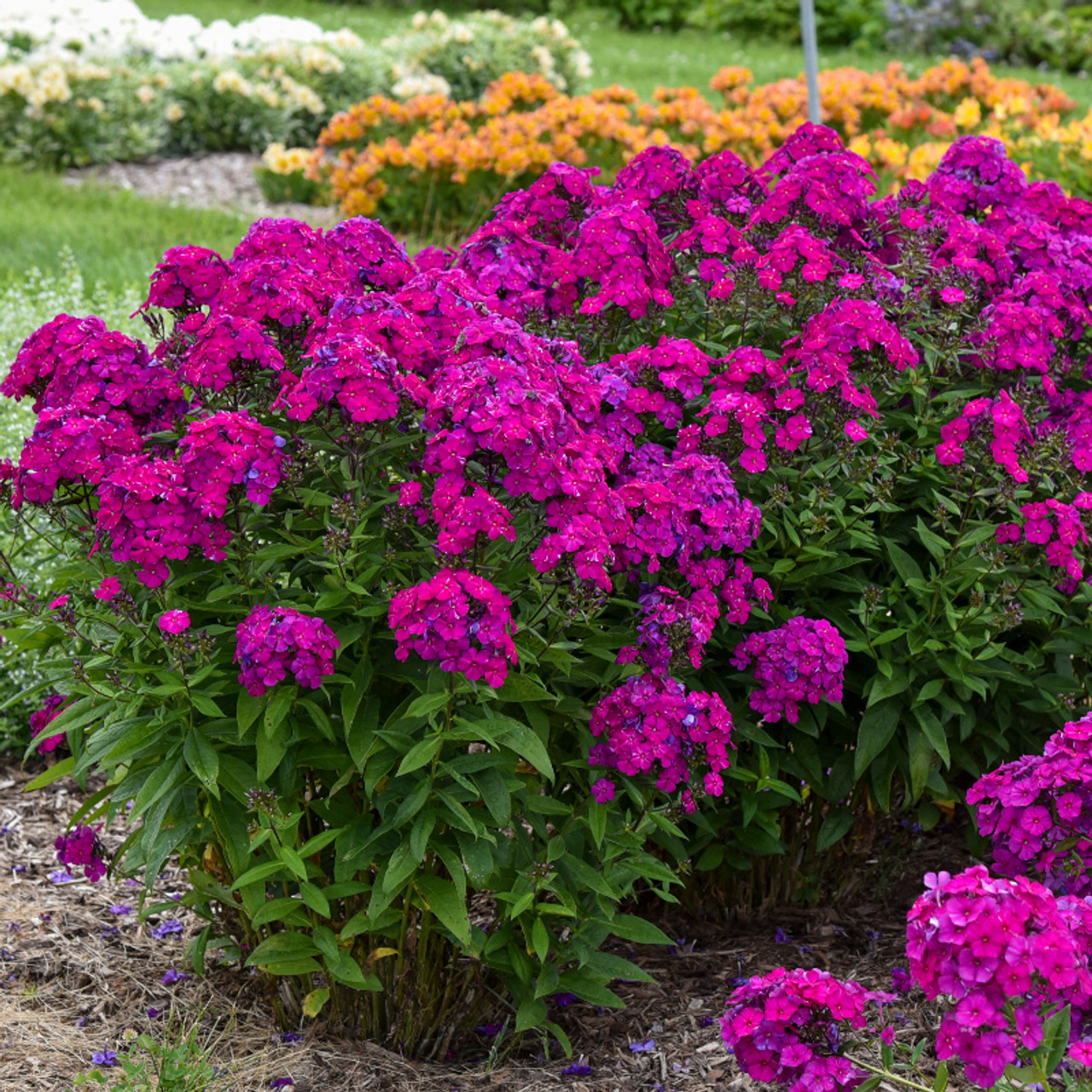
- Iris: This genus of flowering plants includes a wide variety of species, each with its own unique beauty. Iris are known for their colorful blooms that come in a variety of colors, including blue, purple, and yellow.
For more information about abelia companion plants, please visit Gardenia Inspiration.
FAQ of abelia companion plants
Question 1: What are some good companion plants for abelia?
Answer: Abelia is a versatile plant that can be paired with a variety of other plants. Some good companion plants for abelia include:
- Hydrangeas: Hydrangeas and abelias have similar growing conditions and can be planted together in full sun or partial shade. They also bloom at different times of the year, so they can provide interest in the garden throughout the season.

- Lavender: Lavender is a drought-tolerant plant that can help to keep the soil around abelia moist. It also has a lovely fragrance that can be enjoyed in the garden.
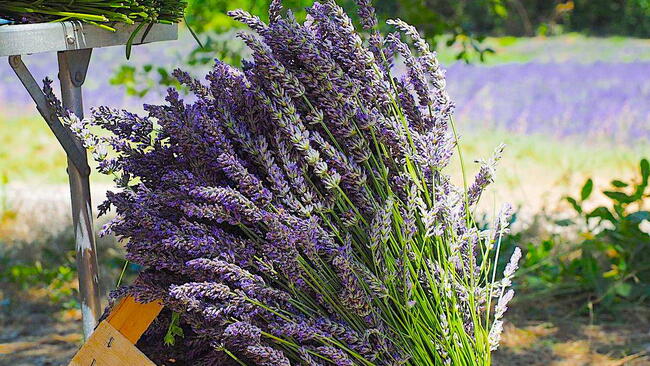
- Coral bells: Coral bells is a low-maintenance plant that can add a splash of color to the garden. It is also deer-resistant, so it is a good choice for gardens where deer are a problem.
- Shasta daisies: Shasta daisies are a classic garden flower that can add a touch of elegance to any landscape. They bloom in the summer, so they can help to fill in the gaps when abelia is not in bloom.
- Viburnum: Viburnum is a flowering shrub that can provide winter interest in the garden. It is also a good choice for pollinators, so it can help to attract butterflies and bees to the garden.
Question 2: What are the benefits of planting companion plants with abelia?
Answer: There are several benefits to planting companion plants with abelia. These benefits include:
- Improved plant health: Companion plants can help to improve the health of abelia by attracting beneficial insects, deterring pests, and providing shade or wind protection.
- Increased pollination: Companion plants can help to increase pollination, which can lead to more flowers and fruit.
- Extended bloom time: Companion plants can help to extend the bloom time of abelia by providing nectar and pollen for pollinators.
- Enhanced aesthetics: Companion plants can enhance the aesthetics of a garden by adding color, texture, and height.
Question 3: What are some things to consider when choosing companion plants for abelia?
Answer: When choosing companion plants for abelia, there are a few things to consider, including:
- Growing conditions: The companion plants you choose should have similar growing conditions to abelia. This means they should have the same requirements for sun, soil, and water.
- Plant height: The companion plants you choose should be similar in height to abelia. This will help to create a balanced and visually appealing landscape.
- Color: The companion plants you choose should complement the color of abelia. This will help to create a harmonious and aesthetically pleasing garden.
- Season of bloom: The companion plants you choose should bloom at different times of the year than abelia. This will help to extend the bloom time of the garden and provide interest throughout the seasons.
Question 4: How far apart should abelia companion plants be planted?
Answer: The distance between abelia companion plants depends on the size of the plants. For smaller plants, you should plant them about 18 inches apart. For larger plants, you should plant them about 3 feet apart.
Question 5: How do I care for abelia companion plants?
Answer: The care requirements for abelia companion plants vary depending on the type of plant. However, most companion plants will need regular watering, fertilizing, and pruning. You should also check the plants regularly for pests and diseases.
Image of abelia companion plants
- Abelia and hydrangea. Hydrangeas are a popular choice for companion plants for Abelia because they have similar growing conditions and bloom at the same time. The white or pink blooms of hydrangeas will complement the purple or pink blooms of Abelia.
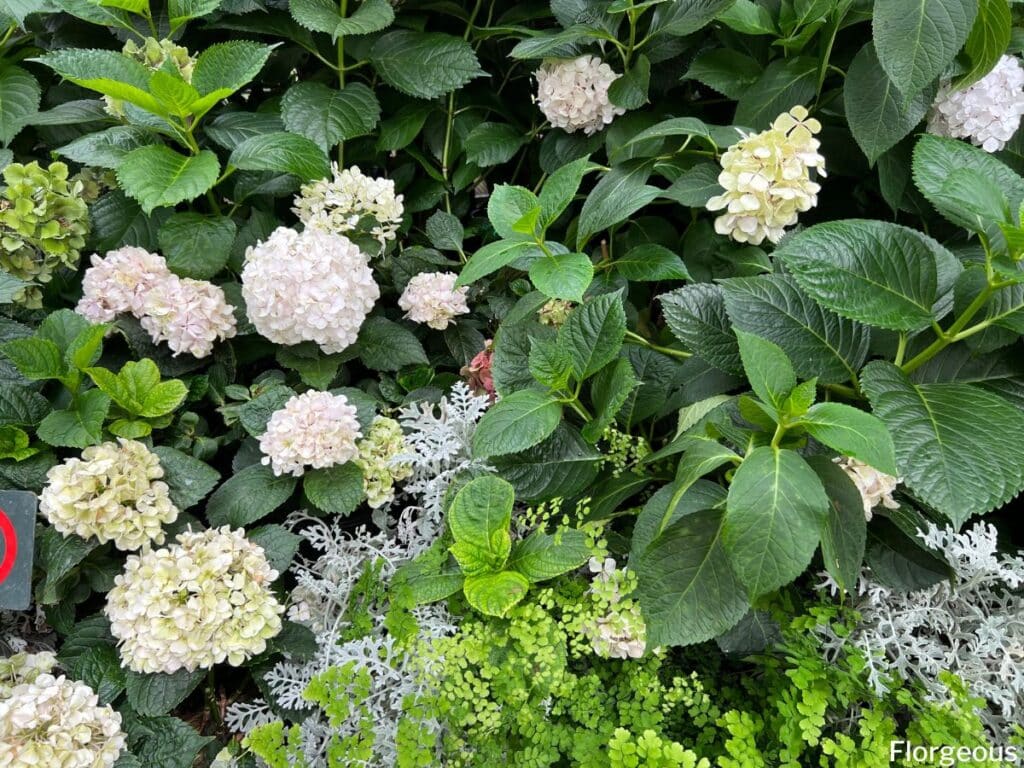
- Abelia and lavender. Lavender is another good choice for companion plants for Abelia because it has a similar Mediterranean climate preference. The silvery-green foliage of lavender will contrast nicely with the green foliage of Abelia.

- Abelia and roses. Roses are a classic choice for companion plants for Abelia. The blooms of roses will come in a variety of colors, so you can choose roses that will complement the colors of your Abelia.

- Abelia and winterberry. Winterberry is a deciduous shrub that produces bright red berries in the winter. The red berries of winterberry will provide a splash of color in the winter garden, when Abelia is not blooming.
- Abelia and ferns. Ferns are a low-maintenance option for companion plants for Abelia. They will provide a variety of textures and shades of green to the garden, and they will not compete with Abelia for sunlight.
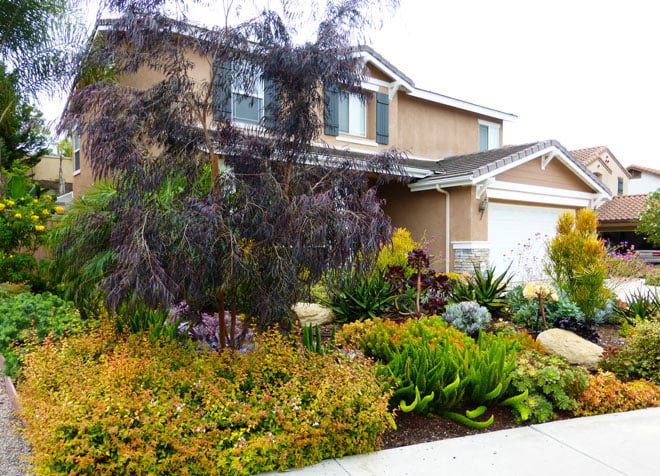
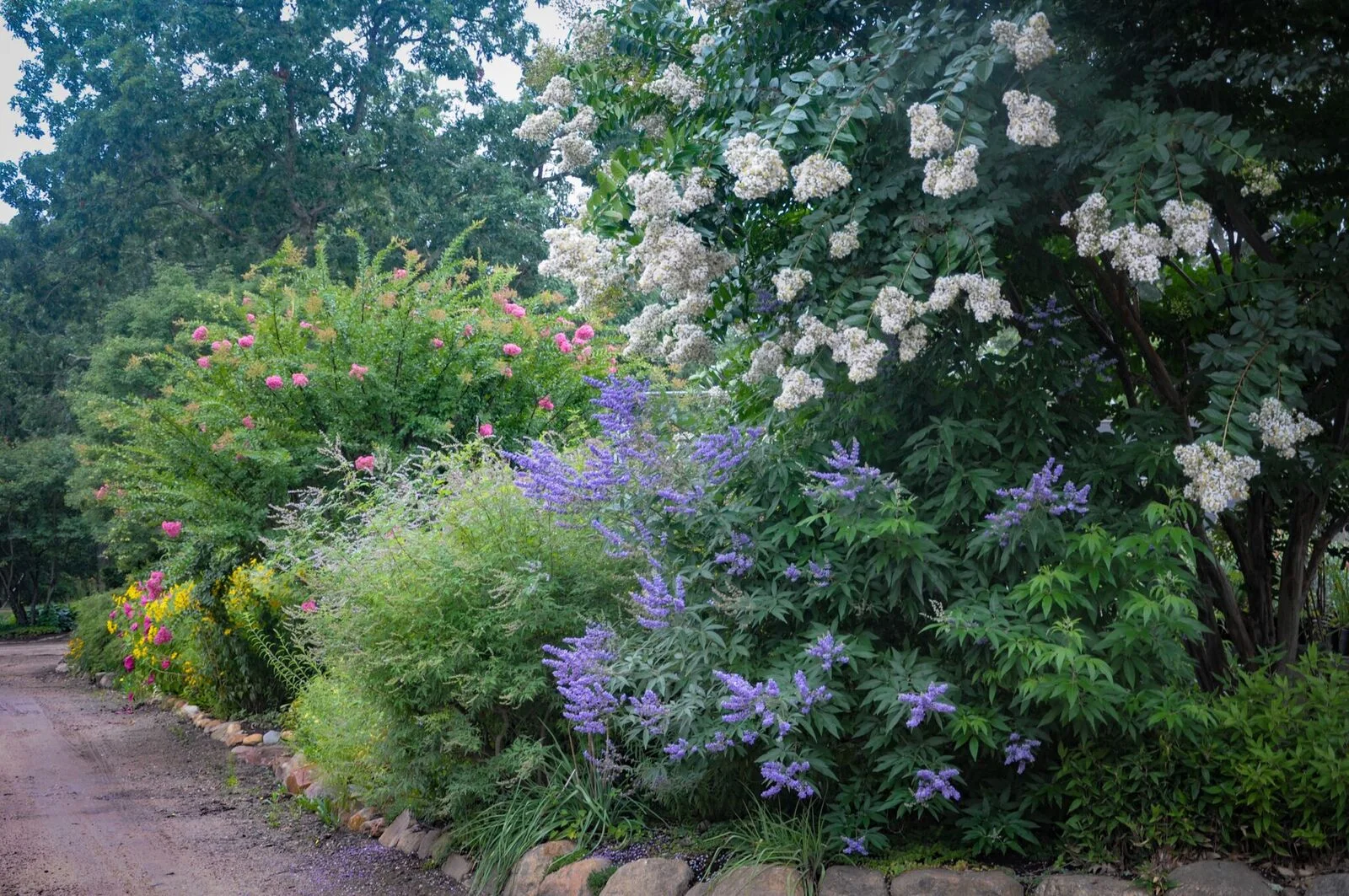
Post a Comment for " Beautiful Companion Plants For Abelia"